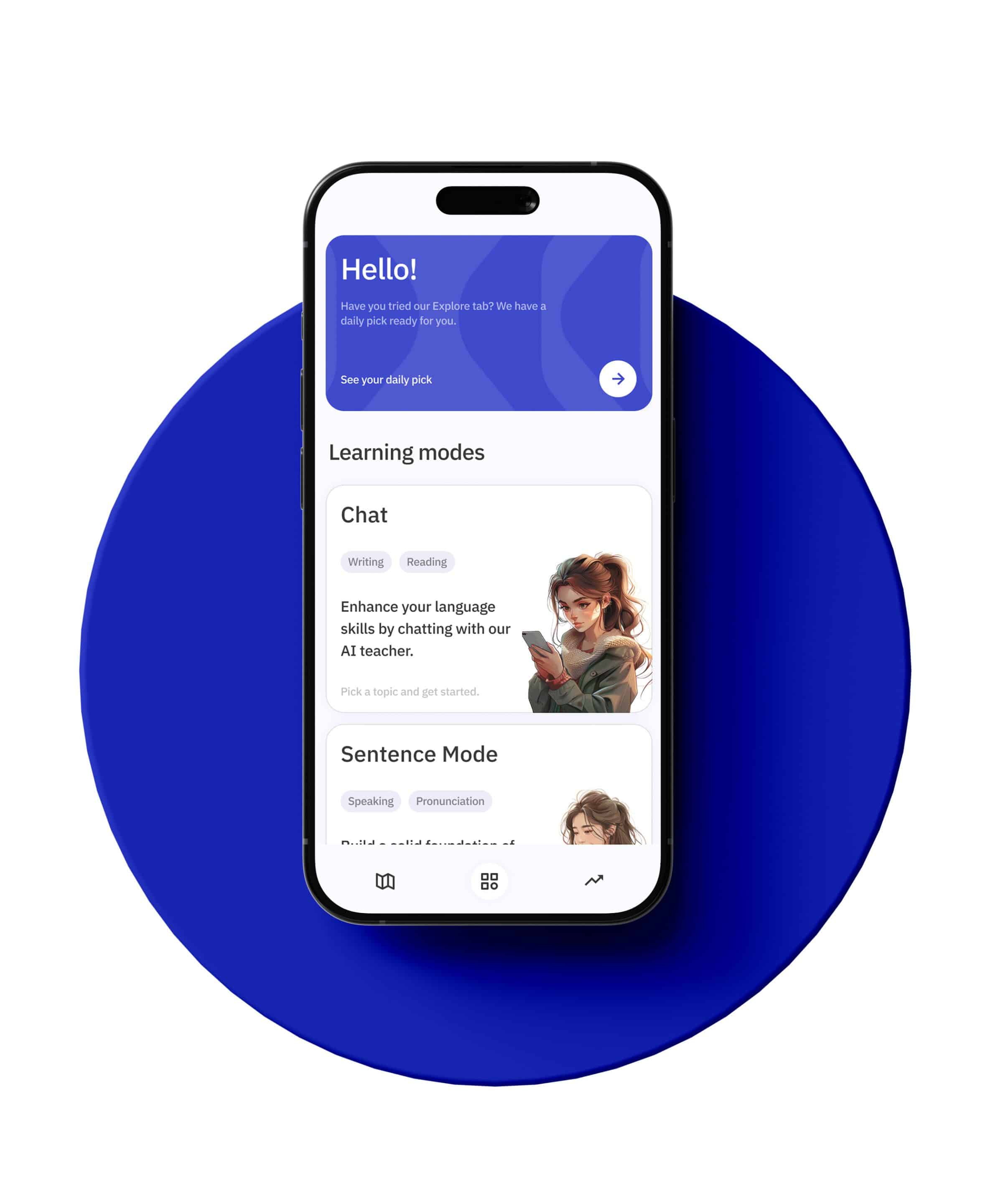Korean grammar can be quite daunting for English speakers, particularly because it employs particles to mark grammatical relationships, which is a concept that doesn’t exist in English. One of the most challenging aspects for learners is understanding the contrastive usage of the topic and subject particles, namely 은/는 (eun/neun) and 이/가 (i/ga) respectively. This article aims to shed light on the differences between these particles, their specific functions, and how to correctly use them in various contexts.
The Basics: Topic and Subject Particles
To begin with, let’s define what topic and subject particles are. In Korean, particles are small words or suffixes that follow a noun to indicate its role in the sentence. The topic particles 은 (eun) and 는 (neun) are used to mark the topic of a sentence, while the subject particles 이 (i) and 가 (ga) are used to mark the subject.
– **은/는**: These particles are attached to a noun to indicate that it is the topic of the sentence, meaning it is what the sentence is about.
– **이/가**: These particles are attached to a noun to indicate that it is the subject of the sentence, meaning it is performing the action or being described.
Topic Particles 은/는
The topic particles 은 and 는 are used to introduce or change the topic of the conversation. They are also used to provide contrast or to emphasize a certain part of the sentence. Here are a few key points to remember:
1. **Introducing a Topic**: When you want to introduce a new topic in a conversation, you use 은/는.
– Example: 저는 학생입니다. (Jeoneun haksaengimnida.) – “As for me, I am a student.”
2. **Providing Contrast**: These particles can also be used to contrast one noun with another.
– Example: 오늘은 비가 오지만 어제는 맑았어요. (Oneureun biga ojiman ojenneun malgasseoyo.) – “Today it is raining, but yesterday it was clear.”
3. **General Statements**: When making general statements or factual observations, 은/는 is often used.
– Example: 고양이는 귀엽다. (Goyangineun gwieopda.) – “Cats are cute.”
4. **Emphasizing Information**: Using 은/는 can draw attention to a particular piece of information in the sentence.
– Example: 나는 이 책을 읽었어. (Naneun i chaekeul ilgeosseo.) – “I read this book (as opposed to something else).”
Subject Particles 이/가
The subject particles 이 and 가 are used to mark the subject of a sentence, indicating who or what is performing the action or being described. Here are some essential points:
1. **Identifying the Subject**: When you need to specify who or what is performing the action, use 이/가.
– Example: 누가 이겼어요? 민수가 이겼어요. (Nuga igyeosseoyo? Minsuga igyeosseoyo.) – “Who won? Minsu won.”
2. **Emphasizing the Subject**: These particles are used when you want to emphasize who or what is performing the action.
– Example: 제가 할게요. (Jega halgeyo.) – “I will do it (not someone else).”
3. **Used with Certain Verbs and Adjectives**: Some Korean verbs and adjectives naturally take the subject particles 이/가.
– Example: 친구가 많아요. (Chinguga manhayo.) – “I have many friends.”
4. **Existence and Possession**: Sentences that indicate existence or possession typically use 이/가.
– Example: 고양이가 있어요. (Goyangiga isseoyo.) – “There is a cat.”
Contrastive Usage: 은/는 vs. 이/가
Understanding when to use 은/는 versus 이/가 can be tricky, but there are some general guidelines that can help.
Contextual Focus
One of the primary differences lies in the focus of the sentence. 은/는 often indicates a broader, more general focus, while 이/가 tends to highlight specific details.
– **General Focus with 은/는**:
– Example: 사람은 죽는다. (Saram-eun jukneunda.) – “People die.” (General statement about humanity)
– **Specific Focus with 이/가**:
– Example: 사람이 죽었어요. (Saram-i jugossoyo.) – “A person died.” (Specific instance)
Contrast and Emphasis
은/는 is frequently used for contrast and emphasis, setting up a comparison or highlighting a particular element in the sentence.
– **Contrast with 은/는**:
– Example: 나는 커피를 좋아하지만, 그는 차를 좋아해요. (Naneun keopireul joaha-jiman, geuneun chareul joahaeyo.) – “I like coffee, but he likes tea.”
– **Emphasis with 이/가**:
– Example: 이 사람이 선생님이에요. (I saram-i seonsaengnim-ieyo.) – “This person is the teacher.”
Answering Questions
When answering questions, the choice between 은/는 and 이/가 can change the nuance of the response.
– **With 은/는 for Contextual Responses**:
– Question: 뭐 해요? (Mwo haeyo?) – “What are you doing?”
– Answer: 저는 공부해요. (Jeoneun gongbuhaeyo.) – “As for me, I’m studying.” (Adds context about the speaker)
– **With 이/가 for Direct Answers**:
– Question: 누가 책을 읽어요? (Nuga chaekeul ilgeoyo?) – “Who is reading the book?”
– Answer: 제가 읽어요. (Jega ilgeoyo.) – “I am reading it.” (Directly answers who is reading)
Practical Examples
To solidify our understanding, let’s look at some practical examples that illustrate the contrastive usage of topic and subject particles.
Example 1: Describing Preferences
– **General Preference with 은/는**:
– 저는 사과를 좋아해요. (Jeoneun sagwareul joahaeyo.) – “I like apples.” (General statement about preference)
– **Specific Preference with 이/가**:
– 사과가 좋아요. (Sagwa-ga joayo.) – “I like apples (specifically apples over other fruits).” (Highlights apples specifically)
Example 2: Describing Situations
– **General Situation with 은/는**:
– 여름에는 날씨가 더워요. (Yeoreum-e-neun nalssiga deowoyo.) – “As for summer, the weather is hot.” (General statement about summer weather)
– **Specific Situation with 이/가**:
– 오늘 날씨가 더워요. (Oneul nalssi-ga deowoyo.) – “Today, the weather is hot.” (Specific instance of hot weather today)
Common Mistakes and How to Avoid Them
Even with a good understanding of the rules, learners often make mistakes when using 은/는 and 이/가. Here are some common pitfalls and tips to avoid them.
Mistake 1: Overusing 은/는
Because 은/는 can be used for many purposes, learners sometimes overuse it, making sentences sound awkward or overly general.
– **Avoiding Overuse**:
– Pay attention to the context and whether you are making a specific statement or a general one. Use 이/가 for specific subjects.
Mistake 2: Ignoring Emphasis
Learners sometimes fail to use 이/가 when they need to emphasize the subject, resulting in a less clear sentence.
– **Emphasizing Correctly**:
– Use 이/가 when you want to highlight or specify the subject of the action. This helps in making your sentence more precise.
Mistake 3: Confusing General and Specific Statements
Switching between general and specific statements can be challenging, and learners might mix up the particles.
– **Clarifying Statements**:
– Think about whether you are making a general observation or talking about a particular instance. Use 은/는 for general, 이/가 for specific.
Advanced Usage and Nuances
As you advance in your Korean studies, you’ll encounter more nuanced uses of these particles that go beyond basic rules.
Combining with Other Particles
Sometimes, 은/는 and 이/가 can be combined with other particles to add layers of meaning.
– **With Adverbs**:
– 예쁜 꽃은 여기 있다. (Yeppeun kkot-eun yeogi itda.) – “As for the pretty flower, it is here.”
– 여기 예쁜 꽃이 있다. (Yeogi yeppeun kkot-i itda.) – “Here, there is a pretty flower.”
Subtle Shifts in Meaning
The choice between 은/는 and 이/가 can subtly shift the meaning of a sentence, especially in more complex sentences.
– **Shifting Focus**:
– 내가 그 사람을 좋아해요. (Naega geu sarameul joahaeyo.) – “I like that person.” (Focus on “I”)
– 나는 그 사람을 좋아해요. (Naneun geu sarameul joahaeyo.) – “As for me, I like that person.” (Focus on “me”)
Conclusion
Mastering the contrastive usage of topic and subject particles in Korean is crucial for achieving fluency and clarity in your speech. While 은/는 provides a general or contrasting context, 이/가 specifies and emphasizes the subject of the sentence. Understanding these nuances will greatly enhance your ability to communicate effectively in Korean.
By paying close attention to the context, practicing with real-life examples, and being mindful of common mistakes, you can develop a more intuitive grasp of these particles. Remember, language learning is a gradual process, and with consistent practice, you’ll find yourself using 은/는 and 이/가 with confidence and precision.







